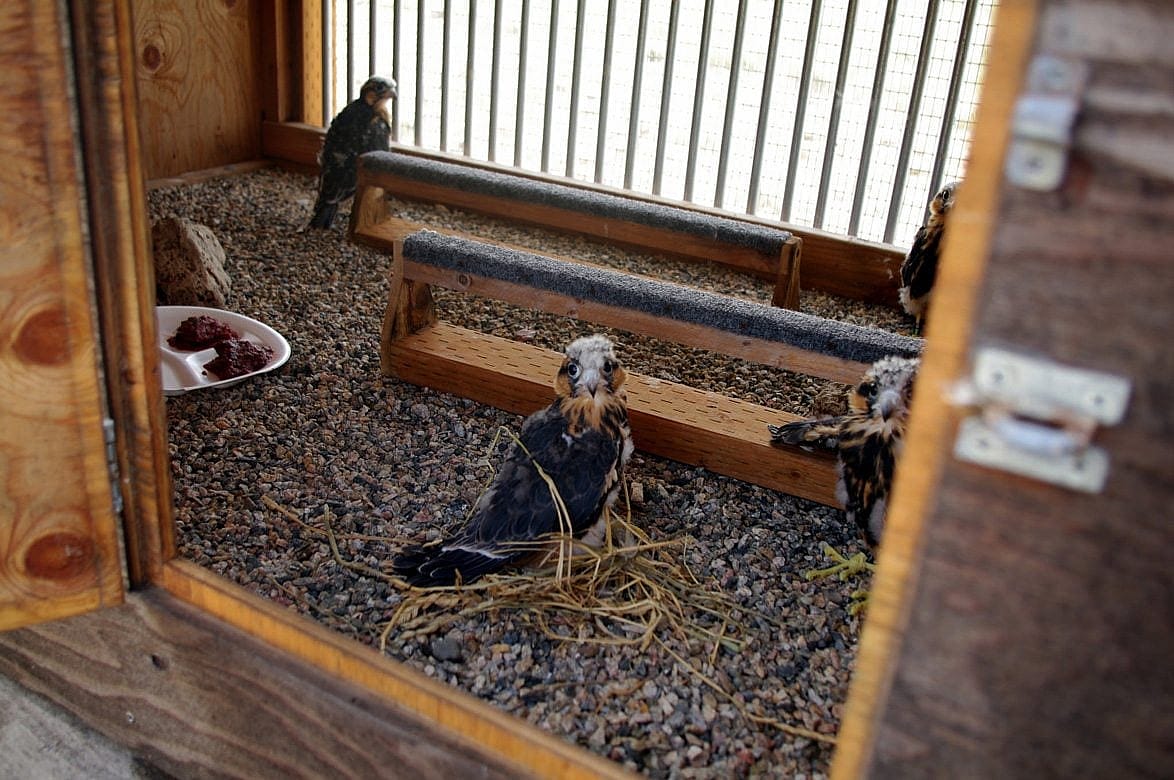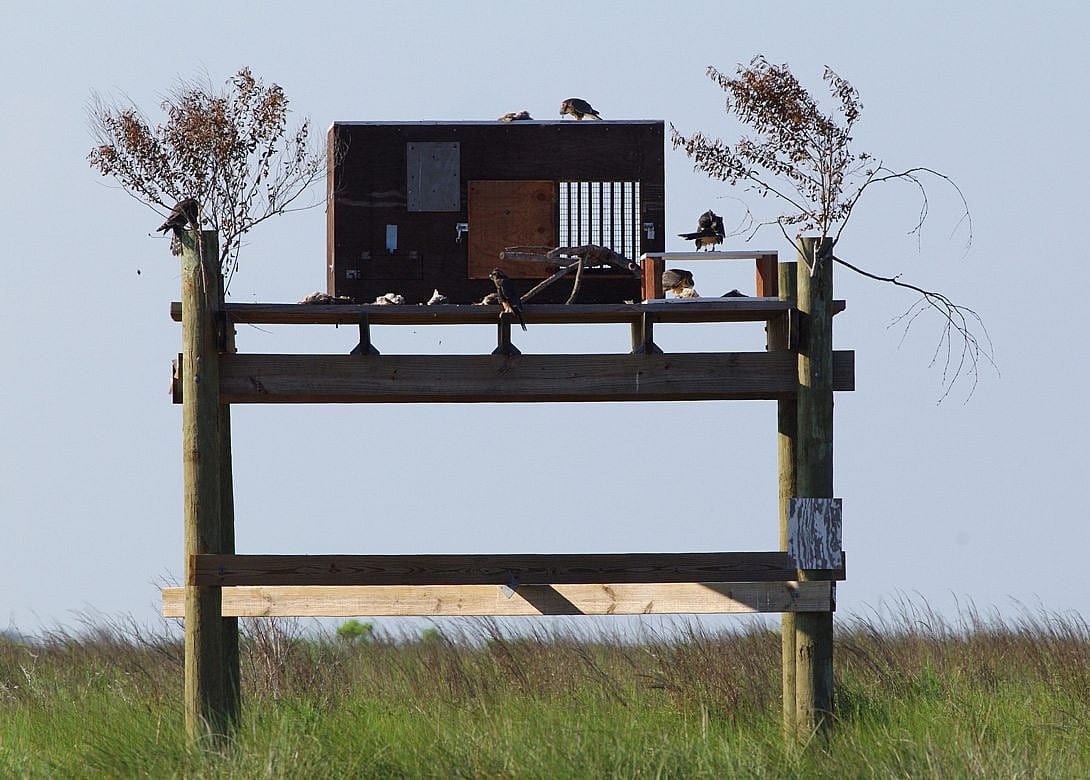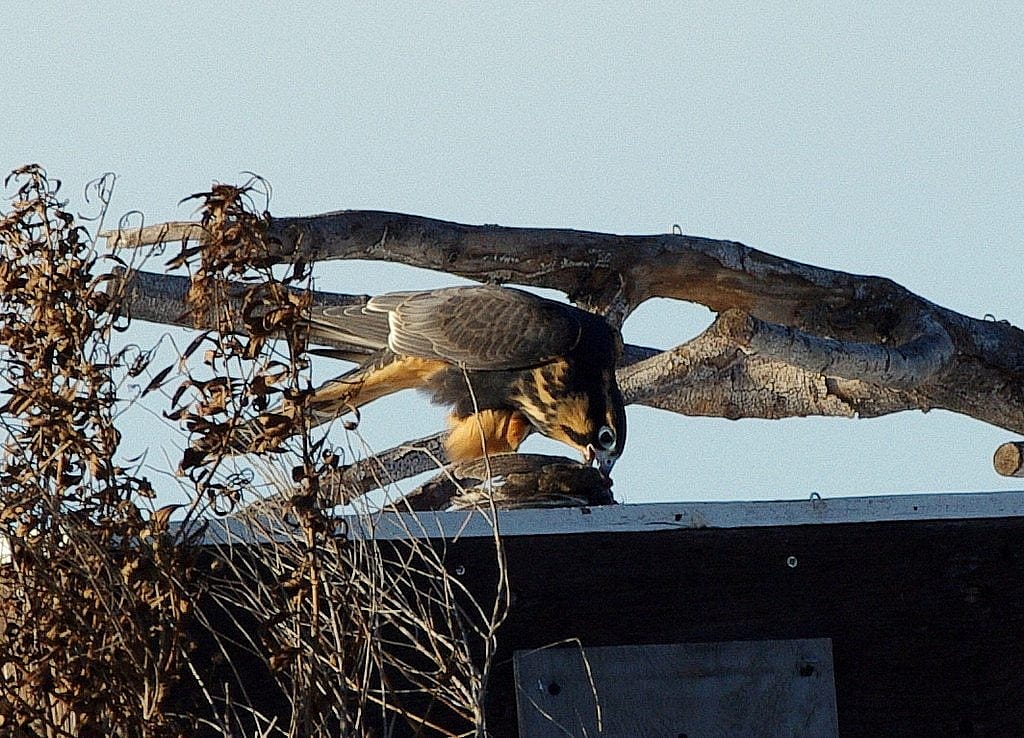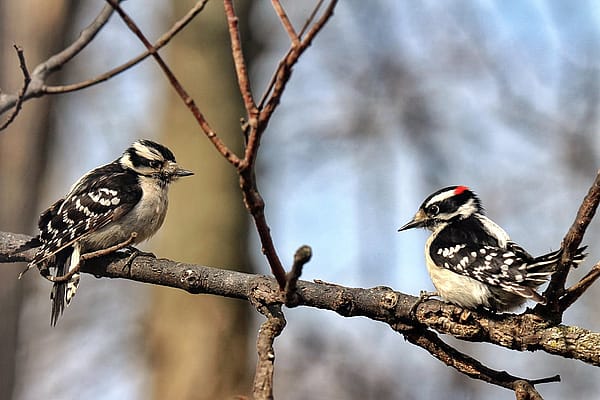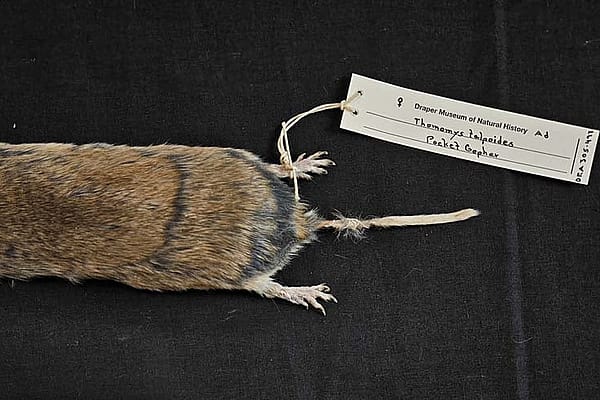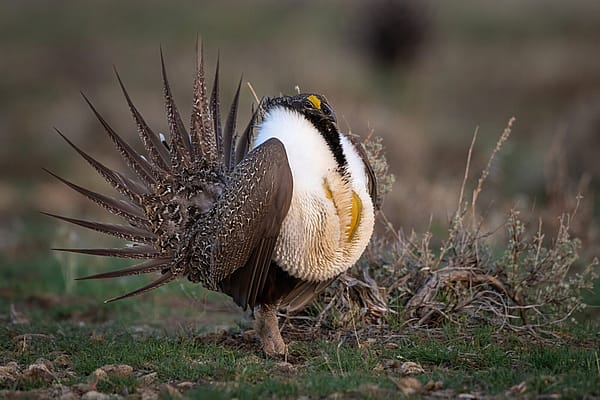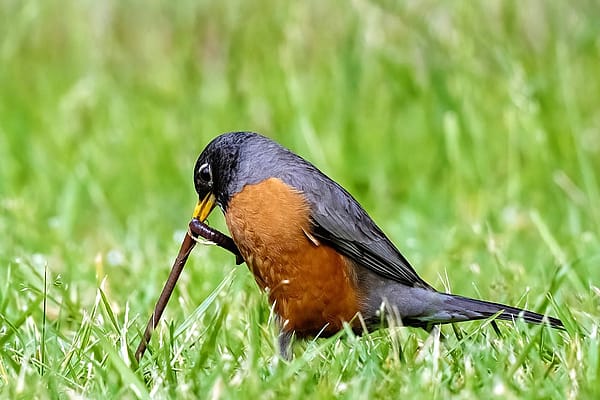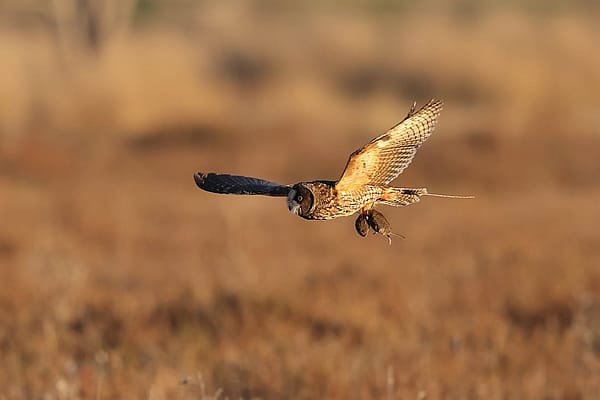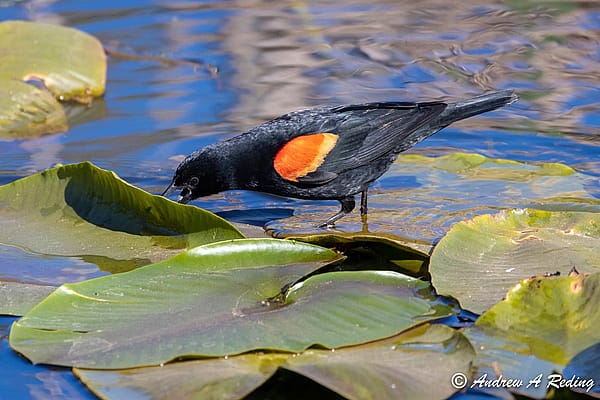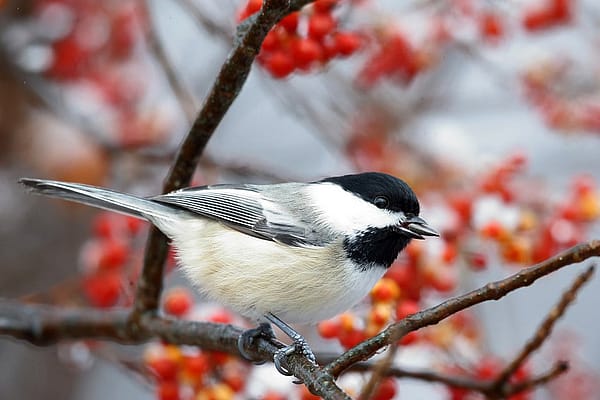
Hacking: What it is and How it’s Done
Hacking is a common term that seems to come up in every article and book I read about the successful recovery and reintroduction of the Peregrine Falcon. The term is usually described as a controlled way to raise and release falcons into a viable environment. Unfortunately, there’s usually no good explanation on how this is actually done. Not only has hacking been used for Peregrines, it has also been used for Aplomado Falcons, Gyrfalcons, Osprey, Bald Eagles, Kites, some species of owls, and other birds. Wanting to know exactly how this was done, I decided to delve into the topic and find out what hacking involves.
I was surprised to not only find out what hacking is, but also to learn that there is a long history of hacking, beginning centuries before it was ever used to save endangered species. For reintroduction purposes, the basic method is to place a small group of chicks, which were either taken from healthy populations elsewhere or were partially raised in captivity, and placing them into a “hack box.” The box serves as a surrogate nest for the chicks as they grow.

Until chicks are old enough to be hacked, young captive raised chicks will remain with a parent, a foster parent of its species, with siblings of their own kind, or sometimes with a puppet representing a parent. For reintroduction purposes this is important to ensure the young birds will be visually imprinted on their own species. According to the Virginia Hacking web page, found on the Center for Conservation Biology’s website, young falcons are typically placed in a hack box at about 15 to 30 days of age. Usually this hack box is a wooden box on a raised platform, tower, tall building, or cliff.
The hack box will have a door that is grated, and may also have barred windows, so that the birds can look out over the chosen habitat. To keep young birds safe from predators, and prevent them from falling out, the door to the hack box will be closed, and usually locked
Take a brief look at a group of Peregine Falcons inside their hack box: https://www.youtube.com/watch?v=xEfxE0y81gE
Or maybe you would rather see a group of Barn Owl chicks in a hack box: https://www.youtube.com/watch?v=Tt2h6dIjWPQ
While residing in the hack box food will be supplied to the young birds in a controlled manner through an opening that prevents them from visually seeing their human caretakers. Once the birds have grown their flight feathers, the door is opened to give the birds a chance to practice flying and hunting on their own. During this learning period, food is still provided at the hack box. As fledged birds become more efficient at hunting, their visits to the hack box decreases in frequency, and eventually these fully fledged birds will no longer need this extra food supplement. Having now become fully independent, they will begin to wander away from their hacking location.
In many cases hack boxes are placed in an area where re-population is desirable. It is hoped that the landscape they are hacked in will be imprinted on the young birds. In many cases this has been a success, with hacked birds returning to the general area they were hacked, and establishing their own territories. In others instances, however, the birds do not survive until their breeding age, or they choose breeding areas similar to, but away from their original hack sites. In Yellowstone National Park, this has been quite successful. According to Wildlife Biologist, Lisa Baril, who shared her story of Peregrine Falcon Recovery in Yellowstone at the Buffalo Bill Center of the west, by 1970 there were no longer any Peregrines in Yellowstone National Park. With the use of hacking, the Peregrine has returned to Yellowstone, and by 2014 there were 30 known pairs of breeding falcons in the park.
Historically the term “hacking” was first used during the Elizabethan era by falconers, who would place young falcons into a type of wagon called a hack wagon. The falconers would feed the falcons daily, and after the flight feathers developed, the young falcons would be allowed to come and go freely. Once the young birds were able to capture prey on their own, they were trapped and trained for falconry. This is basically the same hacking method used by many falconers today. It is thought that when young falcons or hawks are allowed to fly freely, their muscle strength, and flying and hunting skills are better developed. It is also believed their mental conditioning may be better due to their receiving a greater number of stimuli and experiences during their free time. Due to these reasons, when hacked falcons are ready to be trapped and trained for falconry, they are fit, strong, and confident in their own abilities.
Enjoy the following video by falconer Kirk Hohebergern showing off his wild hacked Peregrines. In the video you will see the hack boxes he uses and view his hacked falcons in flight. If you choose to view this video on YouTube, be sure to further open the text he has added below the video (“Show More”), and read the short explanation on his method and why he finds hacking his falcons rewarding.
https://www.youtube.com/watch?v=XRZY3n0jqU8
Photo credits:
Photo from the Peregrine Fund’s FaceBook page of Brian Mutch transferring an Aplomado Falcon to a hack box for release in southern Texas, used with permission. Photo Credit: Erin Gott https://www.facebook.com/ThePeregrineFund/
Falcon Chick in Hack box by Shenandoah National Park, in Public Domain https://flickr.com/photos/snpphotos/
Interior of Hack Box, Two Hack Boxes on Raised Platforms, Release Day, and Falcon Feeding On the top of a Hack Box by Anna Hesser, NonCommercial, NoDerivatives, Attribution License, https://www.flickr.com/photos/annahesser/
Written By
Anne Hay
Anne Hay has a Bachelor's degree in Elementary Education and a Master's in Computers in Education. She spent most of her working years teaching third grade at Livingston School in Cody, Wyoming. After retiring she began doing a variety of volunteer work for the Buffalo Bill Center of the West’s Draper Natural History Museum. Anne loves nature and has a concern for the environment. She believes that educating the public, so that they will have a better understanding and appreciation for the natural world, is very important. Because of this belief, volunteering at the Center is a perfect fit. She spends time in the Draper Lab, observing eagle nests for Dr. Charles Preston’s long-term research project on nesting golden eagles, writing observation reports of raptor sightings in the Bighorn Basin, and working with the Draper Museum Raptor Experience. Anne states that, “Having a bird on my glove, is one of my all time favorite things in life.”

